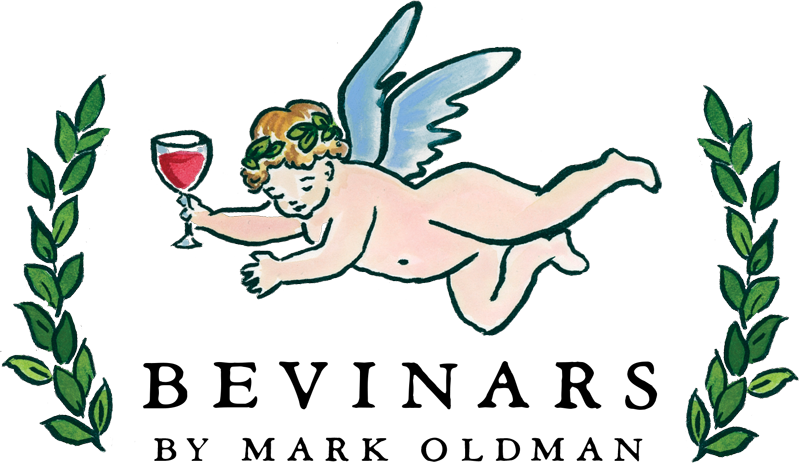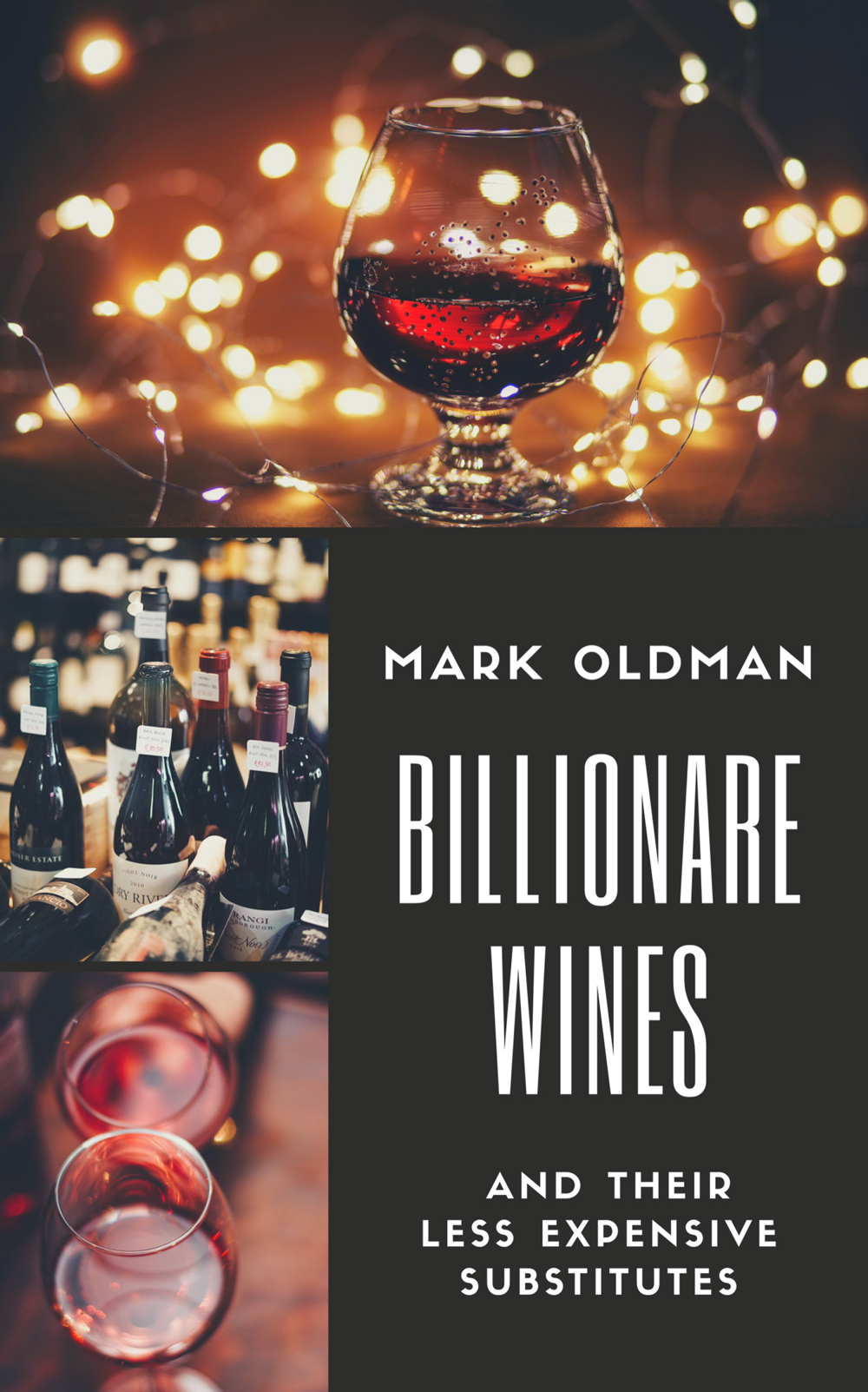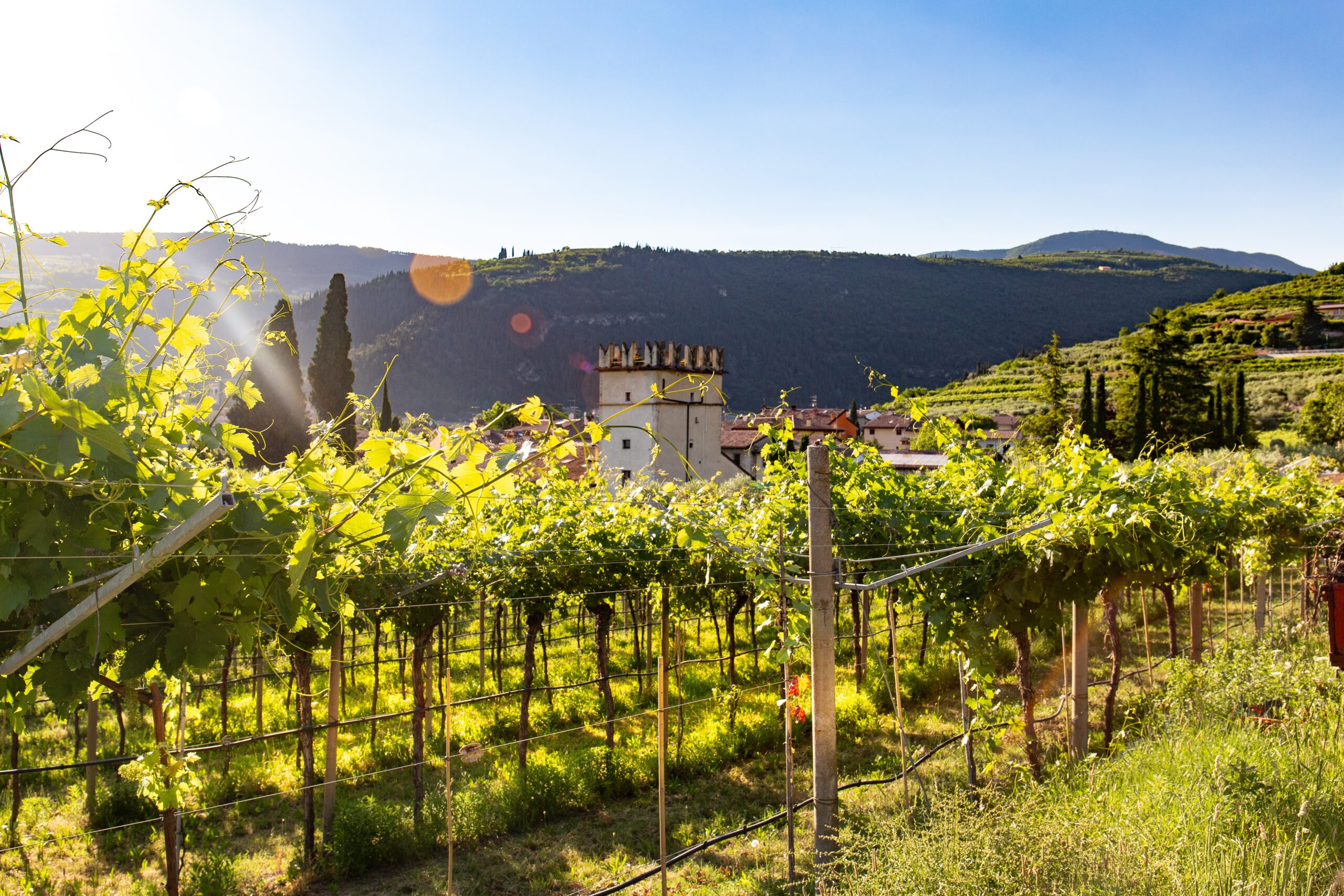
Good Value Wines from Good Value Regions
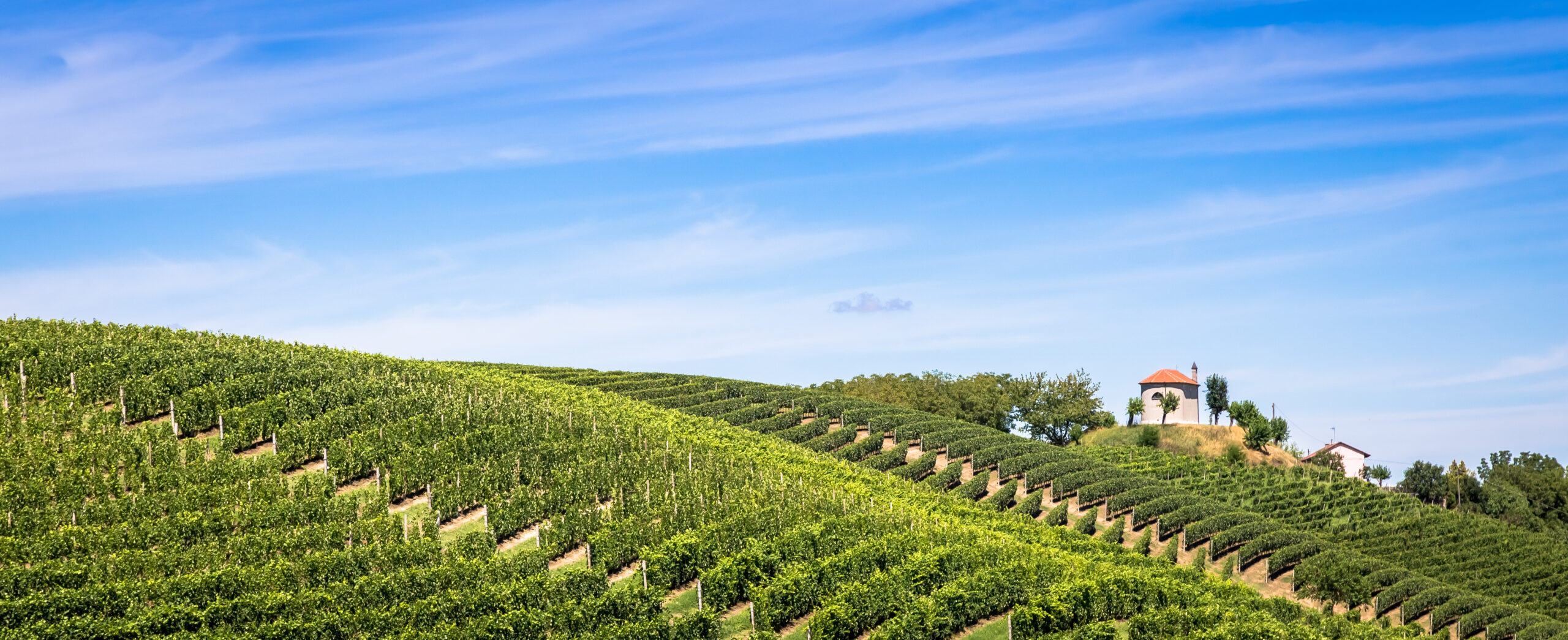
Best Value Wine Regions
Who doesn’t seek good value in a wine? Even wine collectors may pay a pretty price for treasured selections that will increase in value, but for everyday wine enjoyment, high wine quality for an affordable price rules the day.
Well-known Bourgogne (Burgundy) wines present the best current example of non-value options. Bourgogne is not among the best value wine regions. A combination of intensive production techniques, limited vineyards, a renowned name, often great wines, and high demand has led to sometimes extremely, disproportionately high prices. But it doesn’t have to be that way.
Worldwide, wine quality has steadily increased this century. A substantial number of value wines, moving well beyond Cabernet Sauvignon, now feature terroir-driven character, where the winemaker works to express the distinct identity of a region or even a single vineyard, including its soils, climate, and unique traditions.
So do wine regions exist that represent good value? Certainly.
Let’s consider three or four examples of best value wine regions, including some grape varietals that may not immediately come to mind. Cabernet sauvignon does not enter the picture.
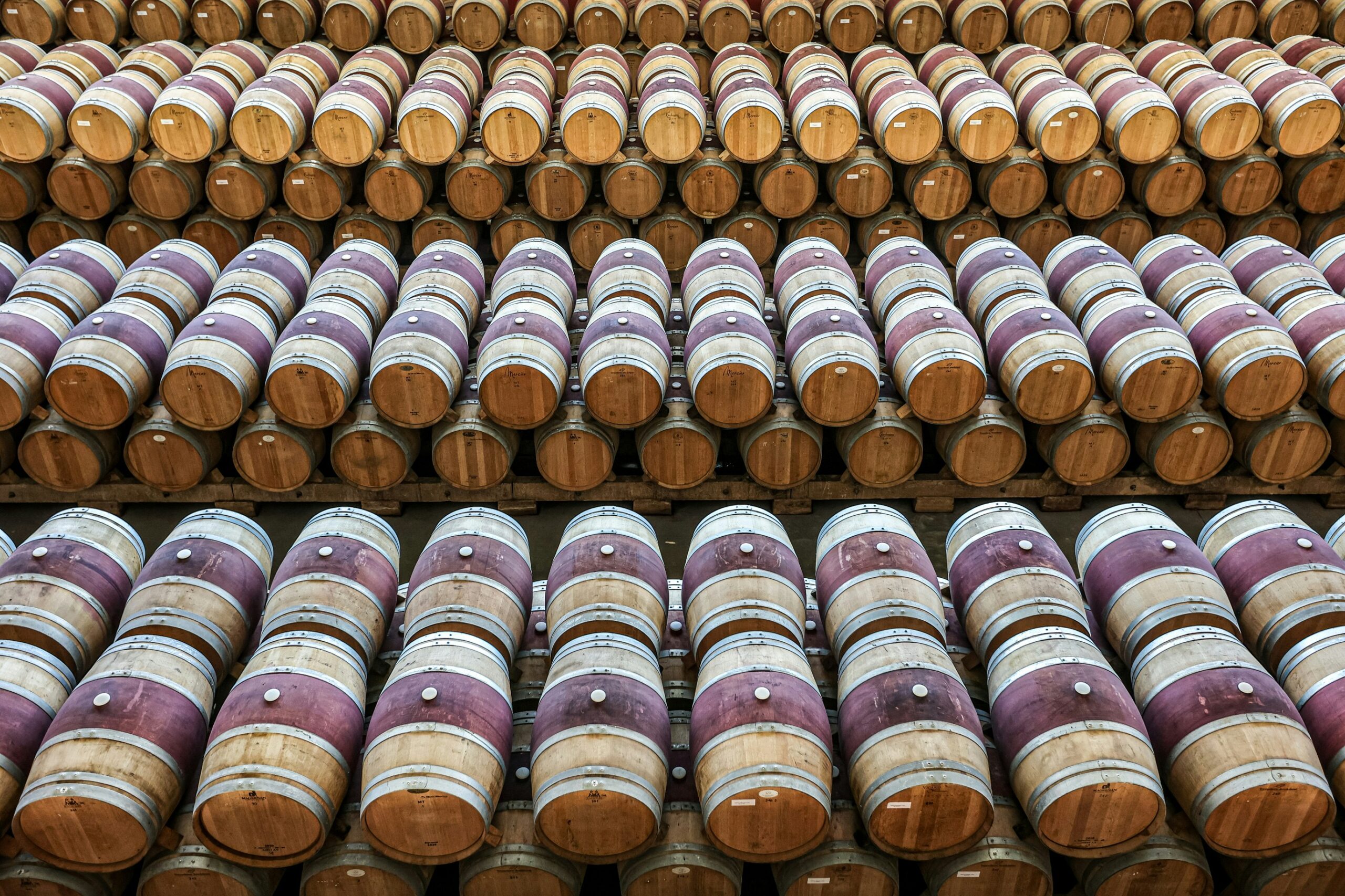
Argentina Wines
Argentina Wine: Malbec and More
Distinguishing Argentine wine in the last decade is the good reputation it has gained regarding the price/quality ratio, that is, for affordable wines. In more than one international competition, an Argentine label has been distinguished as “Best Value”, for example in the Decanter World Wine Awards.
Argentina means Malbec. Plenty of good value Malbec wines come from Mendoza, the country’s largest viticultural area. One can easily find savory Mendoza Malbec options for between $7 and $15 a bottle, and the quality rises rapidly toward the higher end of the scale. A vast country, Argentina offers more than only Malbec. Two varietal wines produced here and worth looking out for are Pinot Noir and especially Cabernet Franc. Also seek out white blends and more sophisticated renderings of Torrontés, an aromatic grape. Other wine regions also deserve greater attention, including Salta and the Mendoza subregions of Valle de Uco and Tupungato, which you will increasingly see listed on labels. All of these count among best value wine regions.
With the flagship varietal of national viticulture at the helm, our list of suggestions thus also includes Cabernet Franc, a Pinot Noir, some whites, and also red blends. What to look for?
• Both the Luca G Lot Pinot Noir and regular Luca Pinot Noir by Laura Catena
• Colomé Altitude Blend, Salta
• Appellation Paraje Altamira Malbec, Altos Las Hormigas, Valle de Uco
• Appellation Gualtallary Malbec, Altos Las Hormigas, Tupungato
• Eggo Franco Cabernet Franc, Zorzal Wines, Tupungato
• Susana Balbo Signature White Blend, Dominio del Plata, Valle de Uco
• Susan Balbo Osadía de Crear Torrontés, Valle de Uco
• Trapiche Terroir Series Finca Coletto Malbec, Tupungato
• Eggo Blanc de Cal, Zorzal Wines, Tupungato
• Polígonos del Valle de Uco Cabernet Franc, San Pablo
Beaujolais and Chablis
Prices for Beaujolais and Chablis wines are rising, but wine lovers can find good value wines of equivalent quality to Bourgogne appellations.
Chablis
The Chablis expression of Chardonnay is unsurpassed. Chablis, of course, is located in Burgundy. But these white wines highly prized for their minerality have been less inflation prone than their neighbors. Chardonnay, the only grape authorized in the 5,275 hectares of the 20 villages that make up Chablis. Terroir lends the wines a delicate saltiness, the acidic and fresh, with long finishes.
Beaujolais
And for those who like something a bit more chewy and substantial than routine expression of Gamay Noir (the red grape of Beaujolais), the sub-appellations offer an answer. These include prominently Moulin-a-Vent, Morgon, and Fleurie. It’s never a bad idea to seek out wines made from “old vines” (although there’s no legal definition for the term).
• Domaine Ruet ‘Douby’ Morgon (Beaujolais)
• Château de Fleurie Fleurie (Beajolais)
• Domaine Jean-Marc Burgaud Morgon (Beajolais)
• Yohan Lardy Moulin-à-Vent Vieilles Vignes de 1903 (Beaujolais)
• Domaine Anita Moulin-a-Vent Vielles Vignes (Beajolais)
• Maison Stephane Brocard, Vielles Vignes, Chablis
• Roland Lavantureux, Vauprin, Chablis
• Bernard Defaix 2018 Côte de Léchet Premier Cru, Chablis
• Domaine Jean-Marc Brocard, Vielles Vignes, Chablis
Good value, of course, varies by personal circumstances, but don’t write off Bourgogne completely. Although some of the above wines may be around $40 a bottle, many are much less. You can find affordable wines. The point is: always be on the lookout for well-priced possibilities from Beaujolais’s sub-appellations and Chablis. Forget about, please, Beaujolais nouveau.
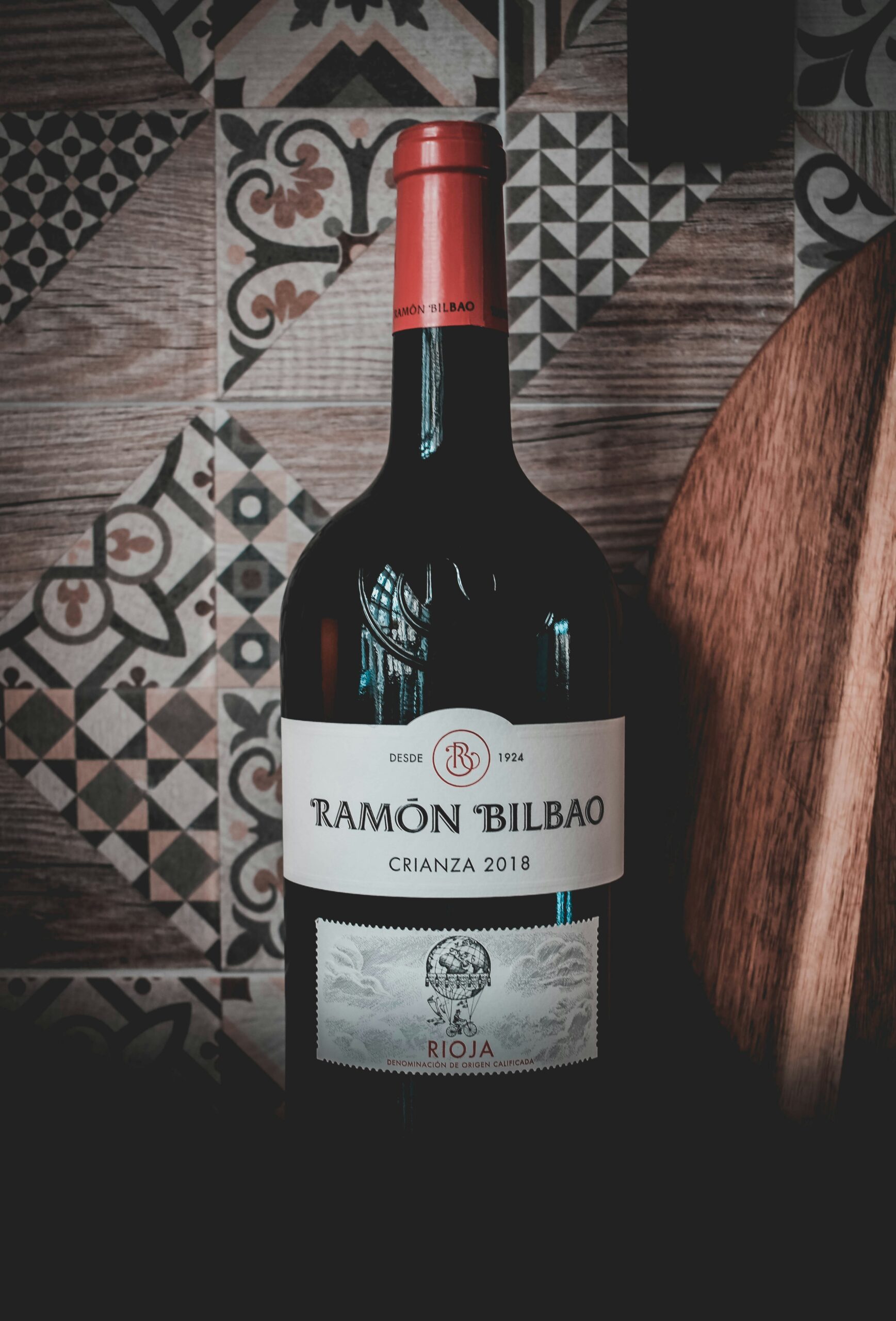
Spain's Best Value Wine Regions
Rioja, Spain
The quality revolution in one of Spain’s traditional wine producing regions, Rioja, has been unprecedented. These fine wines offer of quality value red wines is abundant. Rioja DOCa provides a choice between young wines with a more traditional style made through carbonic maceration and aged wines of a more modern and terroir-driven type, where American and French oak coexist. In both cases, fruit is the dominant note in the wines, never compromising the expected elegance and subtlety of Rioja reds.
Value Wine Examples
Artuke, for example, is a young red wine, with 13.5% alcohol made from tempranillo and some viura (a white wine grape). This is a “harvest red” made with carbonic maceration, with an intense aroma of fresh wild blackberry fruit, enriched by floral notes, balsamic and herbs notes. Light and festive. By contrast, Lan makes classic Rioja style aged wines, made with tempranillo, mazuelo, and garnacha grapes from Rioja Alta and Rioja Alavesa. The Crianza is aged for 14 months in mixed barrels (American oak staves and French oak bottoms). You will find fresh fruity aromas, with oak and spice notes, but no malolactic character.
• Corriente from Telmo Rodríguez, El Monte, Lanciego (Álava)
• Viña Izadi’s crianza, Villabuena de Álava, Rioja DOCa
• Artuke, Baños del Ebro, Álava
• LAN crianza, Rioja DOCa
• Ramón Bilbao crianza, Rioja DOCa
• El Lago, Bodegas Riojanas (another young wine with carbonic maceration)
Another Spanish Wine Region for Value: Mencia
What is Mencia?
Cultivated in the northwest of the Iberian Peninsula since Roman times, the Mencía grape gained recognition thanks to the prestige of some of its wines, particularly Villa de Corullón, the creation of Ricardo Palacios and his uncle Álvaro Palacios. It was a demonstration of the great winemaking possibilities of a varietal that wine lovers previously considered mediocre. Then renowned winemakers and oenologists, such as Raúl Pérez, began to take an interest in the Bierzo appellation. It’s made in other regions too, like, Ribeiro, Monterrei, and Valdeorras. In Bierzo slate and limestone soils perfectly suit Mencía. Today, these wines share a lot of qualities with Pinot Noir: relatively light red wines, with red, black, and blue berry flavors, complimented by floral aromas, with light tannins. These wines represent a truly great value.
Here’s a couple of suggestions:
• Pétalos from Descendientes de J. Palacios
• Ultreia Saint Jacques from Raúl Pérez
Enjoy these good value wines from good value wine regions, and to learn more about how to select and enjoy wine, consider a wine class with Mark!

